
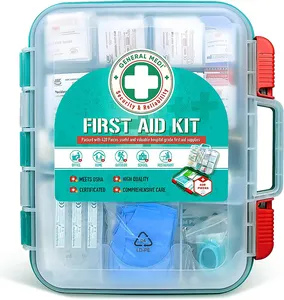
High Quality Wholesale Customized Medical Equipment PP First Aid Box First Aid Kit First Aid Supplies For Home Outdoor Office




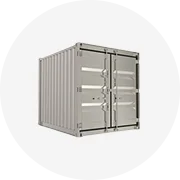

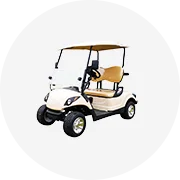
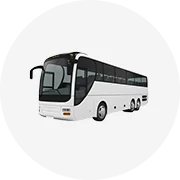
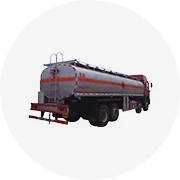
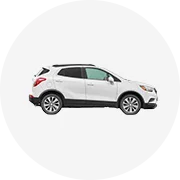
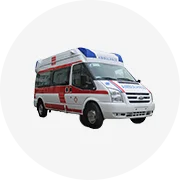
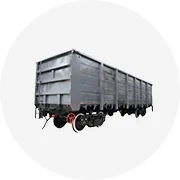

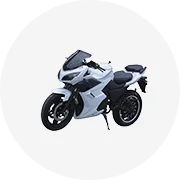
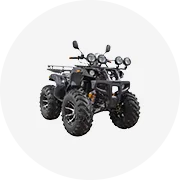

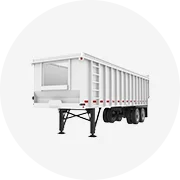
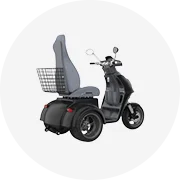
Ambulance services rely on an array of specialized gear and supplies to deliver efficient emergency medical care and improve patient outcomes during transit. This critical equipment is the backbone of pre-hospital care, utilized by emergency medical technicians (EMTs), paramedics, and other healthcare professionals to save lives and stabilize patients.
The operation of essential ambulance gear is grounded in the application of medical science and technology to urgent care scenarios. Diagnostic tools like stethoscopes and blood pressure monitors allow for rapid patient assessment, while therapeutic devices such as defibrillators and ventilators are vital for patient stabilization. The design of these tools emphasizes portability, ensuring they are both lightweight and compact to facilitate quick response to emergencies, whether on-site or en route to healthcare facilities.
With the critical nature of their role, ambulance services are equipped with a broad spectrum of gear to manage diverse medical emergencies. Ranging from basic first aid to sophisticated life support systems, these ambulances are akin to mobile medical units, poised to deliver immediate treatment that can markedly enhance patient survival chances.
In the sphere of prehospital care, the equipment within an ambulance is as varied as the emergencies it addresses. Each piece of gear is designed to fulfill specific roles within an ambulance or emergency setting:
Basic Life Support (BLS) Equipment: This category encompasses essential items such as bandages, gloves, and elementary airway management tools, which are crucial for treating common injuries and preserving vital functions until advanced care is available.
Advanced Life Support (ALS) Equipment: ALS equipment, necessary for severe emergencies, includes sophisticated airway management devices, cardiac monitors/defibrillators, and specialized medications for targeted conditions, enabling life-saving measures in critical moments.
Personal Protective Equipment (PPE): PPE is essential for safeguarding ambulance personnel from biological hazards and is designed for disposability to uphold hygiene standards within the vehicle.
Medical Kits and Supplies: These kits are indispensable for a wide array of medical emergencies, containing items such as wound dressings, pain relief medications, and diagnostic tools.
Diagnostic Equipment: Ambulances are outfitted with a variety of diagnostic instruments, including electrocardiograms (EKGs) and blood glucose monitors, to monitor vital signs and inform diagnosis and treatment strategies.
Choosing the right ambulance equipment necessitates a thorough evaluation of several factors to ensure the gear fulfills operational demands and adheres to regulatory standards. Businesses should consider the following:
Equipment Quality and Resilience: The equipment should be constructed from durable, high-quality materials that can endure rigorous use, while also being user-friendly and easy to sanitize.
Regulatory Adherence: All gear must conform to pertinent local, state, and federal regulations, such as FDA approval for defibrillators.
Cost Efficiency: Investing in premium gear may entail higher initial costs but can lead to reduced long-term expenditures by lowering maintenance and replacement needs.
Equipment Adaptability: Assess the equipment's adaptability—its suitability for various environments and patient demographics can provide greater value.
Power Source Considerations: The power source should align with your needs, whether manual for rudimentary care or electric for more sophisticated apparatus.
Alibaba.com distinguishes itself as a global marketplace that bridges businesses with an extensive network of suppliers offering essential ambulance gear. The platform's extensive product range, categorized for easy navigation, aids in locating the exact requirements for any emergency medical service. Alibaba.com's commitment to facilitating international trade is reflected in its intuitive interface, which supports multiple languages and is optimized for mobile use.
For purchasers in search of top-tier ambulance gear, Alibaba.com enhances transaction security with its Trade Assurance service, guaranteeing order fulfillment and transaction protection. This service underscores Alibaba.com's dedication to a trustworthy trading experience.
Furthermore, Alibaba.com serves not only bulk buyers but also supports single-item purchases when needed. The platform's comprehensive product selection ensures that businesses of any scale can find the necessary items without compromising on quality or functionality.
Typical materials include metals, plastics, steel, aluminum, stainless steel, and various alloys, selected based on the need for durability, weight considerations, and environmental resistance.
Seek out gear classified as class III, signifying compliance with stringent safety and performance standards established by regulatory agencies.
Certifications like ISO13485 are vital, indicating that the equipment is produced under a quality management system that ensures consistent standards and regulatory compliance.
Yes, many suppliers provide custom solutions for ambulance equipment. Engage with suppliers on Alibaba.com to discuss customization possibilities tailored to your needs.
Available power sources range from manual operation, which is cost-effective and dependable for field use, to electrical and battery-powered options for consistent operation and lower maintenance.
Consider the terrain and driving conditions where the ambulance will be used. Manual transmissions offer greater control and simplicity, while automatic transmissions might be better suited for urban settings with frequent stops.
Ensure that the equipment adheres to relevant safety standards such as GB15979-2002 or GB2626-2006, which indicate testing for safety and performance.
Opt for suppliers that provide comprehensive after-sale services, including free spare parts, return and replacement policies, and onsite training for ongoing support after your purchase.
Instrument classification, such as Class I, II, or III, reflects the level of regulatory control based on the risk associated with the device's use. Selecting a device that meets the appropriate classification for your intended use is essential.
While eco-friendly options may vary by supplier, inquire about sustainable materials like wood or certain metals that offer a more environmentally friendly alternative to traditional plastics.
Current design trends in ambulance equipment often feature modern and minimalist designs that prioritize functionality and user-friendliness, alongside traditional styles that focus on practicality and durability.
Color choices range from standard hues like white or gray to more vibrant options such as red or green. Some suppliers may also provide custom colors to align with your branding or preferences.
Seek equipment that is lightweight and compact, with added features such as wheels or handles to enhance mobility and portability, particularly for use in field operations.